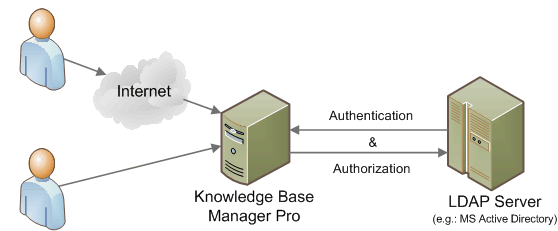

The password of the user specified above. For Active Directory, if synchronizing the status of users removed from the directory is desired, the user should be a member of the built-in administrator group. The distinguished name of an administrative user that the application will use when connecting to the directory server.

Use TSL (STARTTLS) If your LDAP server uses a self-signed certificate for STARTTLS, you can configure certification options on this screen. Use SSL (LDAPS) If your LDAPS server uses an untrusted certificate, you can configure certificate options on this screen. Root path at which Directory Connector should start all queries.Ĭn=users, dc=ad, dc=example, dc=com, dc=ldap, dc=company, dc=orgĬheck this box if the server is an Active Directory server.Ĭheck this box if the server paginates search results (LDAP only).Ĭhecking this box will prompt you to select one of the following options: Port on which your directory server is listening.


 0 kommentar(er)
0 kommentar(er)
